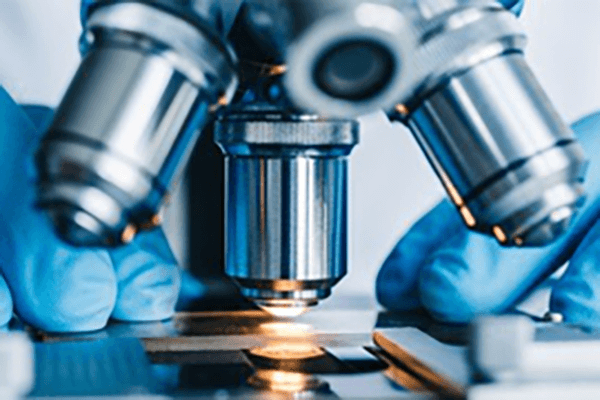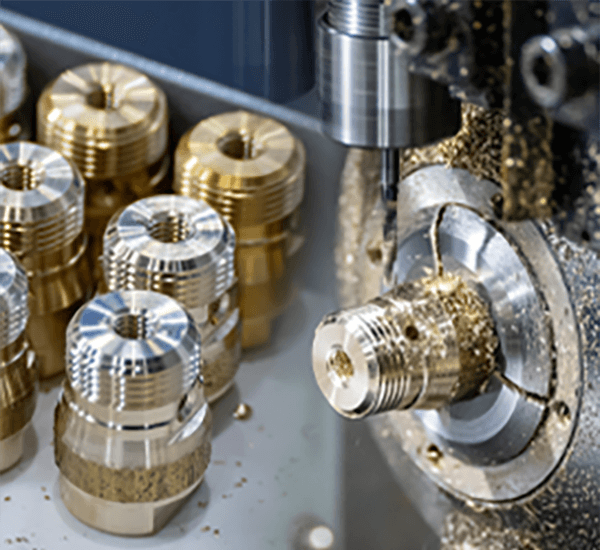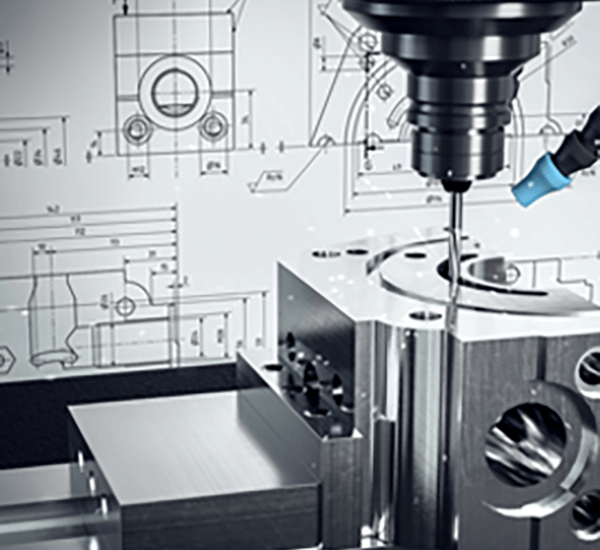
Realizing precise finish on a turned or milled piece is highly significant.
- Surface finish callouts in engineering drawings provide the exact specifications for the finish of a part
- Many specifications reference Ra, an average roughness metric, for surface measurement
- Understanding these callouts is fundamental for ensuring manufactured parts meet performance requirements
- Prescribed surface characteristics govern lubrication, abrasion, and longevity
- It is essential to interpret the specific callout to achieve the desired outcome
Defining Precision in CNC Machining

CNC-driven fabrication functions as a modern manufacturing method by leveraging computer-aided programs machines execute intricate designs with remarkable accuracy.
- The technology facilitates production of complex parts across many materials
- Broad CNC applicability benefits industries like aerospace, automotive, and healthcare
- Numerical control systems guarantee repeatable accuracy between batches
Across prototyping through full-scale production CNC machining serves as a cornerstone in contemporary manufacturing
Understanding CNC Machine Specifications
Understanding equipment specifications can look intimidating initially
Even so practical familiarity and a systematic plan enable decoding machine specs
Launch by determining central specs: spindle rpm, feed velocity, accuracy, envelope, controller
Every spec plays a role in determining machine performance.
To illustrate, faster spindle rotation fits soft materials and quicker feed improves production rates.
Grasping those connections helps choose machinery aligned with your needs
Don’t forget to review maker-supplied manuals carefully.
Vendor literature commonly contains useful guidance and explains terms
Understanding CNC Machines: A Complete Overview
Automated CNC platforms are computer-commanded systems for precision manufacturing of multiple materials These systems execute G-code sequences to govern tool movement and actuation.
- Frequent CNC varieties include mills, lathes, routers, plasma cutting machines
- Machining operations fit metal, plastic, wood, and composite workpieces
- In addition these machines facilitate quick prototyping and short-run manufacturing for startups and labs
Overview of CNC Machine Fundamentals
They illustrate synthesis of mechanical precision and computerized control logic Flexible equipment harnesses software instructions to automatically fabricate basic components and intricate assemblies The basic principle involves transforming CAD models into real-world components.
- CNC fabrication
- Digital-to-physical process
It performs sequenced precise axis operations dictated by program Engineers contribute by setting machining variables, overseeing runs, and assuring product standards.
The Role of Surface Finish in CNC Machining
Realizing specified surface quality in machining is vital It shapes both functional outcomes and outward appearance The type of material being machined the cutting parameters used and the post-processing operations all contribute to the achieved surface texture.
Refined surfaces boost longevity; rough surfaces can diminish functional performance Programmed machining features assorted toolpaths and cutters to deliver specified finishes.
- Consider using alternative cutting shapes |coated inserts|spindle rpm choices to produce target surface
- Alternatively post-processing methods like polishing grinding sanding can be employed to improve the surface finish
Grasping how machining variables affect texture is critical to obtain optimal outcomes.
Understanding CNC Machines: A Beginner's Guide
A precise fabrication technique, it applies computer-controlled machines to produce parts from assorted materials They execute coded toolpaths to create intricate parts repeatedly Comprehending toolpaths, G-code, and tooling strategies supports effective machining
Industry applications include aircraft, automotive, medical, electronics, and beyond From complex aerospace components to precise injection molds, CNC is essential for complex parts
Specifying Surface Roughness for CNC Parts
Precise surface specification proves essential in CNC machining It secures that the final item meets both functionality and looks Designers typically indicate finish using the Ra (roughness average) metric The value, shown in µm or inches, quantifies mean surface irregularity height.
Take into account target smoothness and how the part will be used when calling out finish

Example: polished finishes often suit parts needing close tolerances and exact mating
Textured surfaces may be selected to improve grip or frictional engagement
Utilize a clear and concise callout in your engineering drawings to communicate the desired surface finish Enter the Ra specification and describe any post-process finishing or treatments.
Observe that unambiguous finish specifications are vital for manufacturing outcomes
CNC Machine Categories and Capabilities
CNC manufacturing hosts an extensive set of machines for assorted machining tasks These versatile tools utilize computer-aided design (CAD) software to control cutting tools enabling precise and efficient fabrication of components.
- Turning centers form shafts rods and cylindrical forms by cutting along axes
- Lathe machines operate on a rotating axis ideal for producing symmetrical parts with smooth surfaces
- Laser systems produce fine kerfs and detailed shapes in thin materials
The choice of CNC machine depends on the specific project requirements materials being worked with and desired precision Different CNC platforms supply distinct functionality valuable across industries including automotive and aviation.
Realizing Superior Texture with CNC Machining
Realizing premium surface texture is vital and CNC machining supplies tools to accomplish it By leveraging precise control over cutting parameters such as feed rate spindle speed and tool geometry machinists can effectively manipulate the material removal process to produce surfaces with minimal imperfections Plus durable cutting materials and appropriate coolant control boost finish quality Deliberate machining strategies and exact setups enable production of components with excellent texture.
Realizing Finish through CNC Code
Programming mastery of surface parameters is essential for desired outcomes Combining feed, speed, and tool form strongly affects surface pattern and roughness Meticulous parameter tuning together with suitable coolant use promotes smoother finishes.
- In addition periodic tool servicing and checks what is meant by cnc machine secure consistent surface quality Moreover scheduled tool maintenance and inspection preserve surface performance Plus regular inspection and maintenance of tools copyright finishing standards
- To improve surface outcome account for material, roughness target, and application
- Virtual simulation provides a way to optimize feeds and speeds before cutting
- Plus regular inspection and maintenance of tools copyright finishing standards
